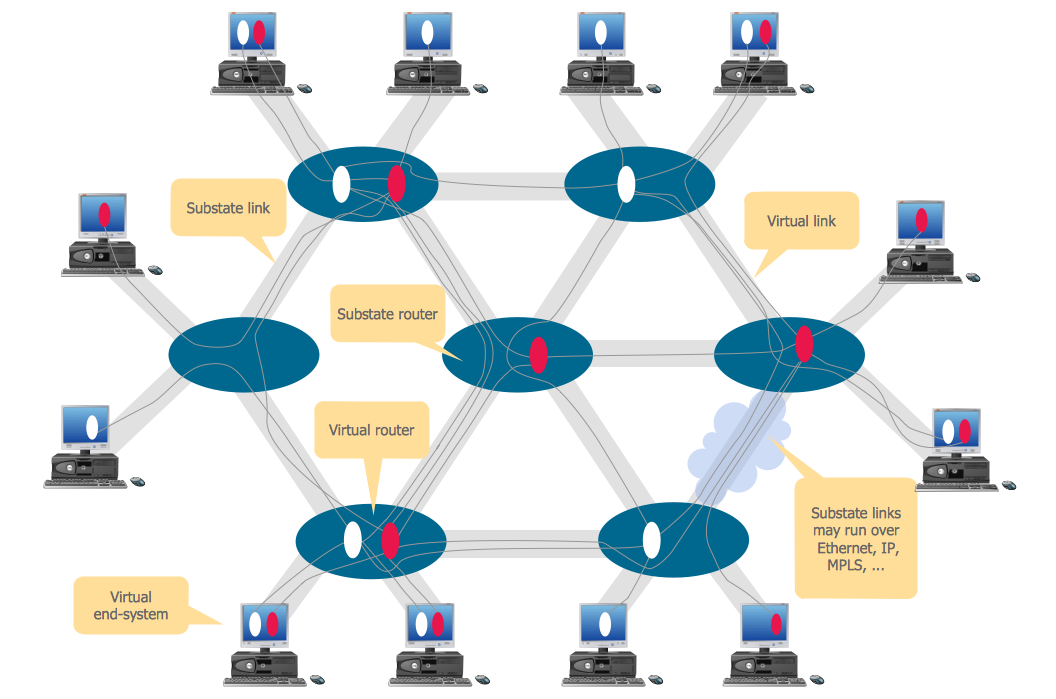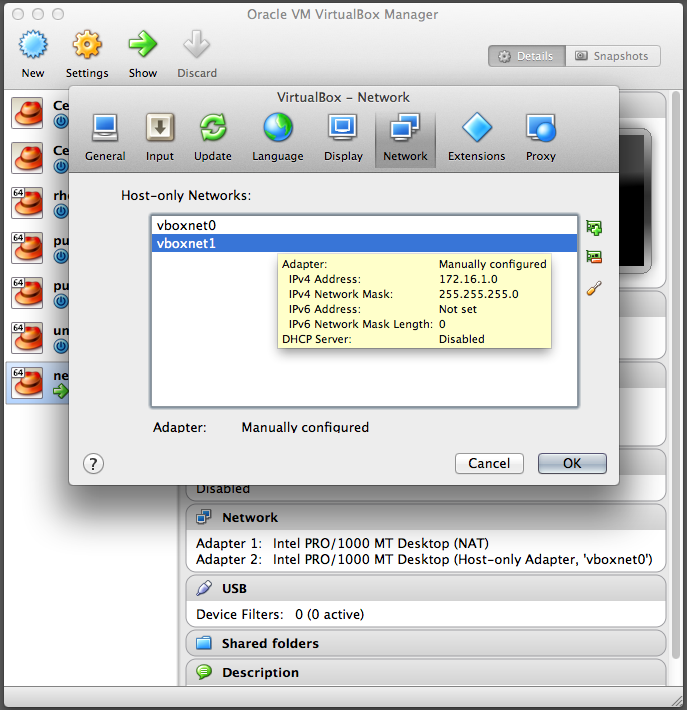

To view the current DHCP leases on a network, use this command: virsh net-dhcp-leases nat223 Isolation from other NATĪlthough the Host OS and public networks cannot initiate connections back to guests in the NAT network, take note that KVM guests in other NAT do have the ability to reach it.
#Pritunl virtual networks cannot use nat mac#
You can also specify by MAC address using the attribute “mac” in the element, but then you must start up the guest first so the MAC can be randomly generated. Using virt-install, the parameter used would be: -name=myclone3 If you create a guest VM with the name “myclone3”, then instead of getting a random IP address from the DHCP pool, it will instead receive the one specified “192.168.223.143”. Notice the nat223.xml has a snippet that looks like: Create VM, assigned specific IP from DHCP Pool Guest VM in the same 192.168.223.0/24 NAT can communicate freely with one another. This new guest VM should be able to reach out the public network, but no one will be able to initiate connections back to you (not even the from the Host VM). Once the guest VM is up and configured, you can run the command “ip a” and see that the new host now has an IP address randomly assigned from the DHCP pool defined in nat223.xml If using the virt-manager GUI, the network can be selected from the network source pulldown. If you are creating guest OS from the console using virt-install, then simply replace the default network specifier with the name of the “nat223” network like below. Sudo iptables -t nat -L -n -v -line-number | grep 223 Sudo iptables -L FORWARD -nv -line-number | grep virbr223 # NAT state should be active, autostart, and persistentĪs described in the libvirt firwall documentation, rules are created in iptables to support this new network. Then create the network using these commands: # create libvirt NAT network (net-create is for transient) By using the physical interface or bridge connected to the physical interface, traffic will be redirected by the outermost network level on the host and ensure the iptables rules are applied correctly If you do not set the “dev” attribute to either the physical network device or bridge, then you will get unexpected behavior because it may take shortcuts and forward traffic directly from one KVM network to another using internal interfaces. Use either the physical network or bridge name connected to the physical network for the “dev” attribute of the element. To create a new NAT network, create an xml file “nat223.xml”. Use the following command: virsh net-list -all If it is not enabled, then set it on the fly using: sudo sysctl -w _forward=1Īnd then enable it permanently by editing the “/etc/nf” file with the following key: _forward=1 Create libvirt NAT networkįirst check the currently defined networks recognized by libvirt. This opens up the amount of network space available and provides application isolation, and could also offer a level of security if a firewall was introduced.īefore going forward, make sure IP forwarding is enabled on the host.


Now we will go over NAT networks which allow the KVM Guest to reach outside the network, but hosts from the outside cannot reach the guest directly.
#Pritunl virtual networks cannot use nat how to#
In a previous article I showed how to use a bridged network to give a KVM Guest access to the same network as the Host.


 0 kommentar(er)
0 kommentar(er)
